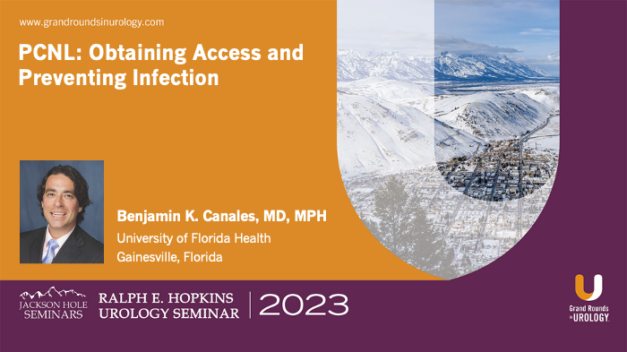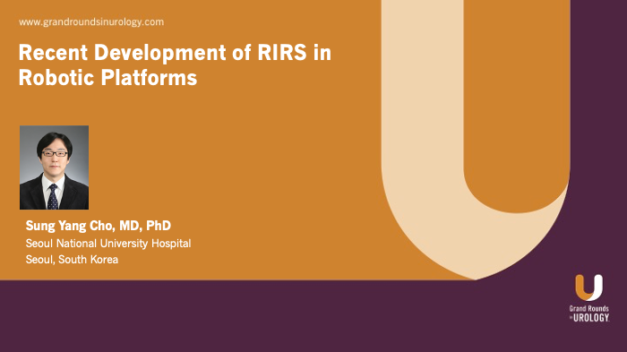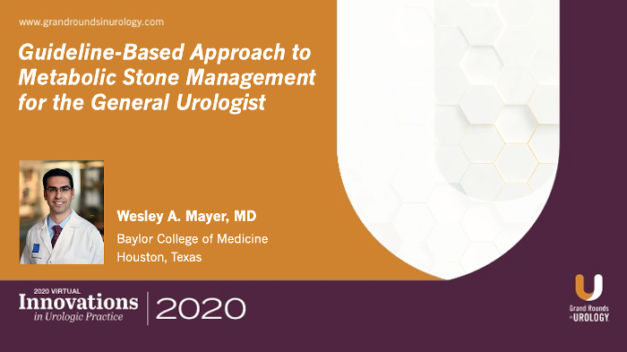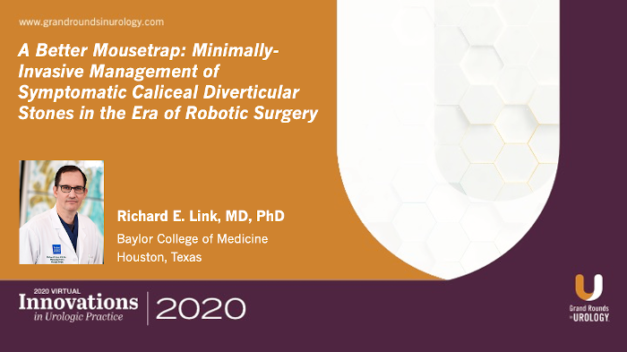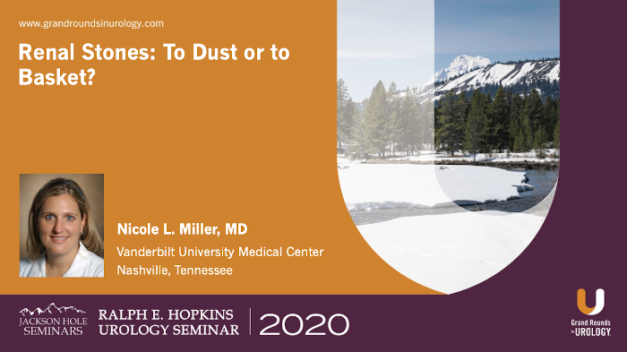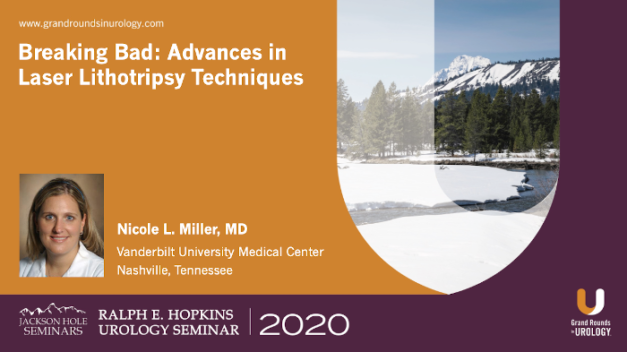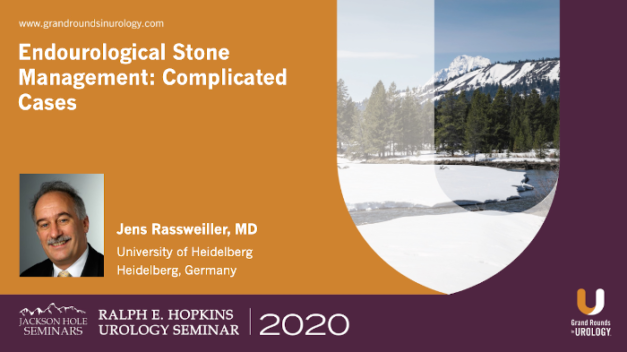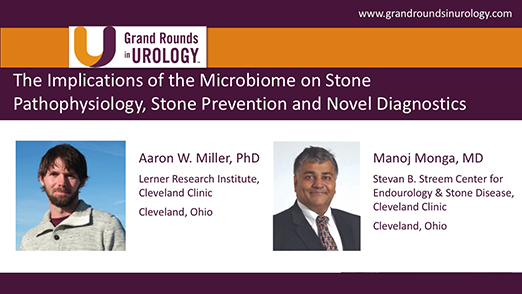PCNL: Obtaining Access and Preventing Infection
Benjamin K. Canales, MD, MPH, discusses Percutaneous Nephrostolithotomy (PCNL), how to mitigate the risk of SIRS and sepsis associated with the operation, and various techniques used to perform the PCNL. In this presentation, Dr. Canales discusses, the importance of prophylactic antibiotics in infection prevention and mitigation, the history of PCNL, the risks and benefits of various sites for obtaining renal access, and the pros and cons of the known techniques for performing PCNL.
Read More
